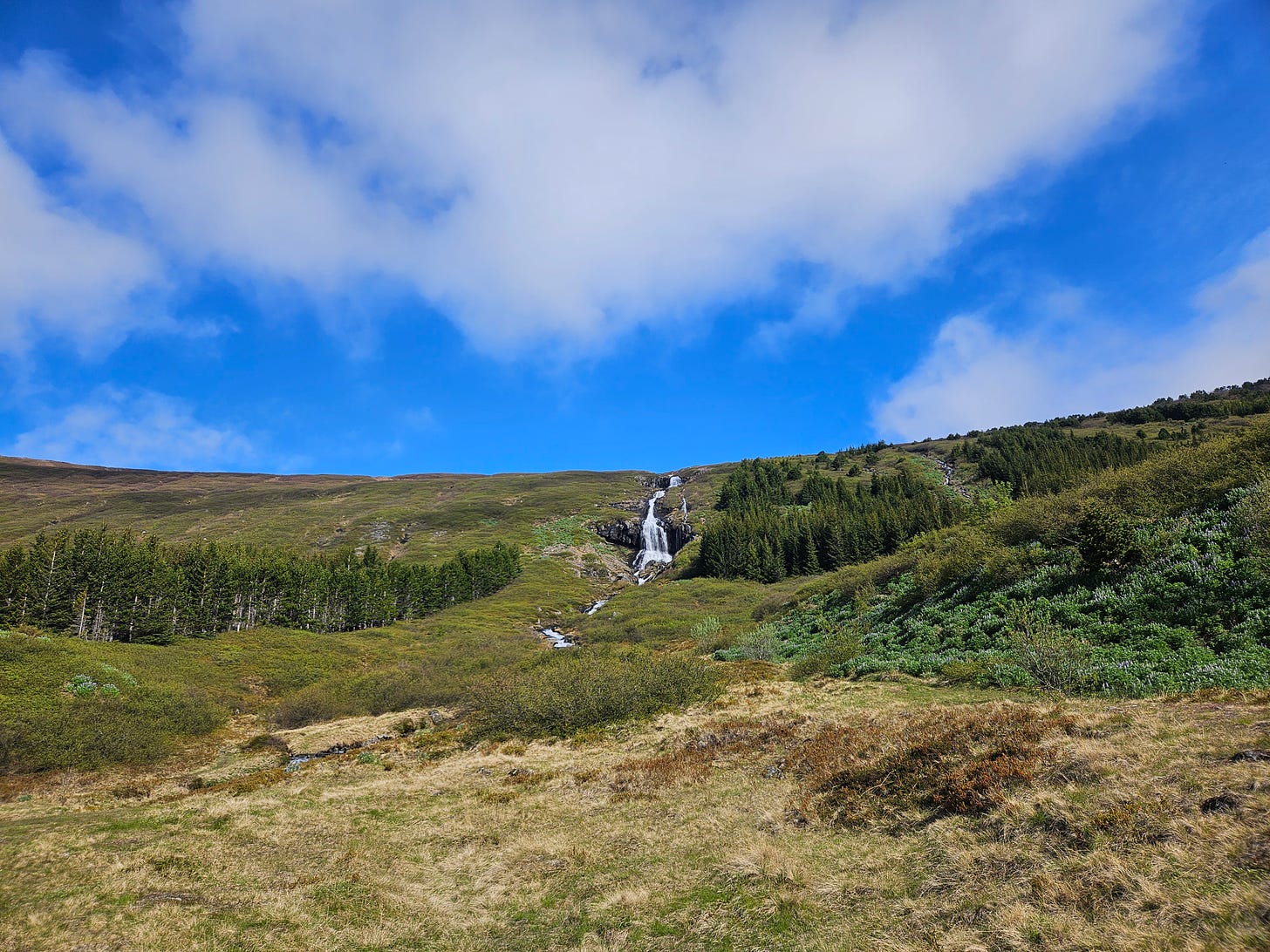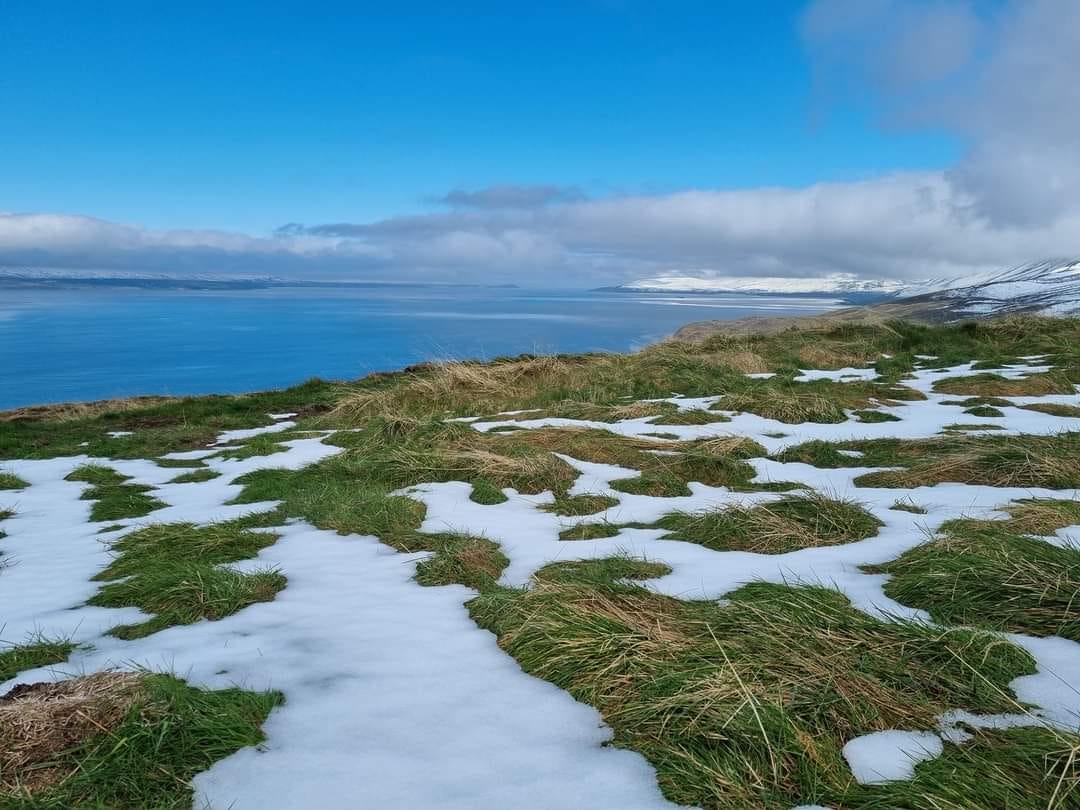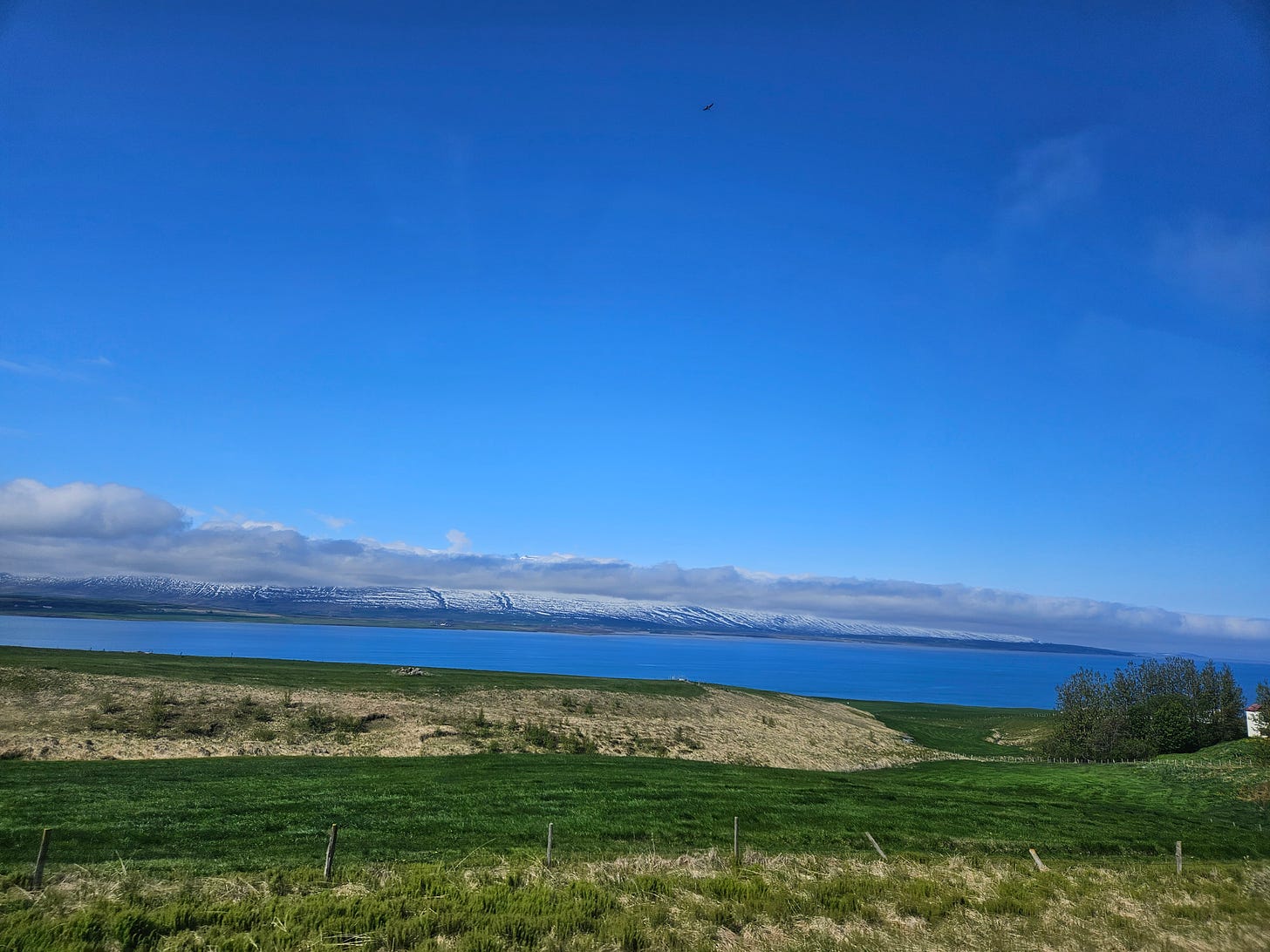Iceland is a land of striking contrasts and natural beauty, making it a top destination for cruise travelers. With stops in Akureyri, Isafjordur, and Reykjavik, you can experience a variety of activities, from walking tours and bus excursions to visiting waterfalls and exploring fishing communities. To make the most of your trip, it’s crucial to pack appropriately and learn what to wear for Iceland’s unpredictable weather.
In preparation for my Iceland cruise in June 2024, I researched many different websites to learn what would be the best clothing options. There is a lot of information out there and many more websites trying to sell you clothing that you MUST have. The reality is that you just need to be selective.
This guide will help you decide what to wear during the summer (June-August) and winter (November-March) months. It is meant to provide general information not a detailed Iceland packing list.
Understanding Iceland’s Weather
Iceland’s weather is known for its variability. You might experience sunshine, rain, and even snow all in one day. This is especially true in the coastal areas where most cruise ships dock. Understanding the typical weather patterns for summer and winter will help you pack the right clothing and gear. Keep in mind, much of the interior is mountainous, glacial and cold year round.
If the wind comes from the interior towards the coast, you are likely to have colder weather in the ports and potentially stormy conditions as the colder weather meets the warmer sea temperatures. And by warmer, I mean in relation to the glaciers inland, not that it is suitable for swimming. Make no mistake, the water is COLD!
Despite the cooler weather, or perhaps because of it, the level of humidity is quite low in Iceland.
What to Wear in Iceland – Summer (June-August)
Summer in Iceland is relatively mild, with average temperatures ranging from 50°F to 59°F (10°C to 15°C). However, it’s crucial to be prepared for occasional rain and wind, as the weather can be quite unpredictable. The long daylight hours during this season, thanks to the midnight sun, provide ample time to explore the stunning landscapes and diverse attractions Iceland has to offer.
Whether you’re hiking, sightseeing, or enjoying a leisurely stroll, the extended daylight ensures you can make the most of your time outdoors, even if the weather is a bit unpredictable.
What to Wear in Iceland – Winter (November-March)
Although winter in Iceland is not as cold as you might expect, temperatures do drop significantly compared to summer, averaging between 28°F and 36°F (-2°C to 2°C). The days are much shorter, with only a few hours of sunlight each day, creating a unique but challenging environment. Snow, ice, and strong winds are common during this season, making it essential to dress warmly and in layers.
Proper winter attire, including thermal clothing, waterproof outerwear, and sturdy boots, is necessary to stay comfortable and safe. Despite the harsh conditions, winter in Iceland offers its own charm, with opportunities to witness the breathtaking Northern Lights, explore ice caves, and enjoy winter sports.
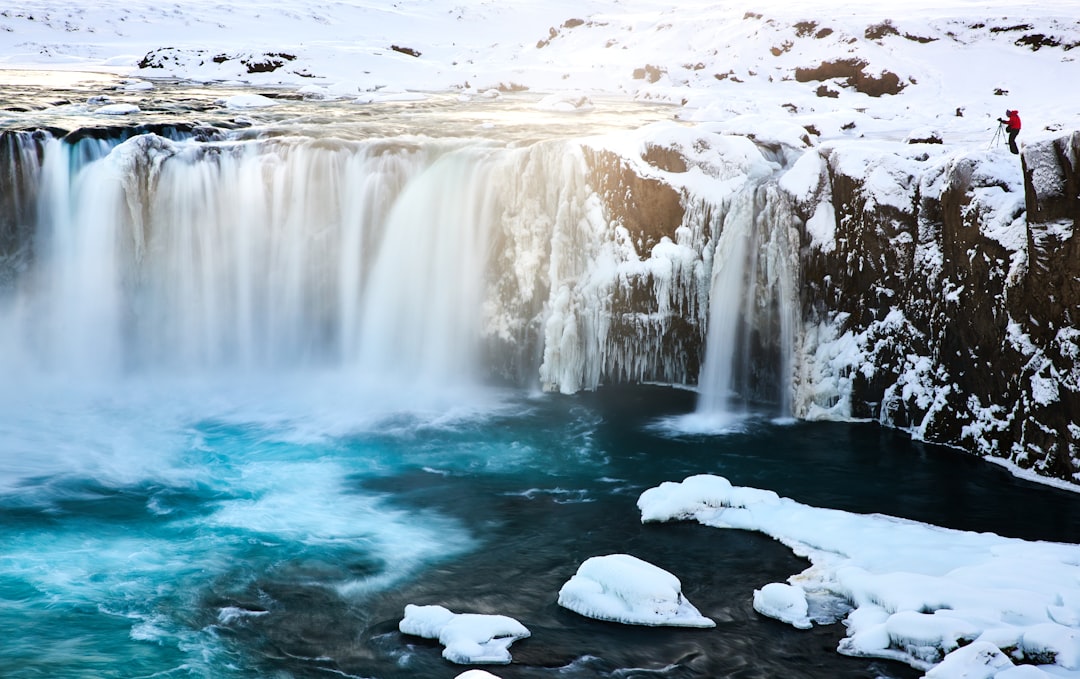
Clothing Essentials for a Summer Cruise in Iceland
1. Waterproof Jacket
A high-quality waterproof and windproof jacket is a must for summer. Look for one with a hood to protect against sudden rain showers and strong winds. Gore-Tex or similar materials are excellent choices for their durability and breathability. Be sure it is large enough to add an extra sweater if temperatures drop.
2. Layered Clothing
Layering is key in Iceland’s summer. Start with a moisture-wicking base layer to keep sweat away from your skin. Add a thermal or fleece mid-layer for warmth and finish with your waterproof jacket.
Depending on where you are going, the traditional Icelandic wool sweaters provide a great option if there is little rain in the forecast. Renowned for their superior insulation and moisture-wicking properties, these traditional wool sweaters are made from the dual-coated wool of Icelandic sheep, which combines a soft inner layer with a durable, water-resistant outer layer.
You will need the waterproof jacket near many waterfalls as mist can be blown by the wind or if steady rain is forecast.
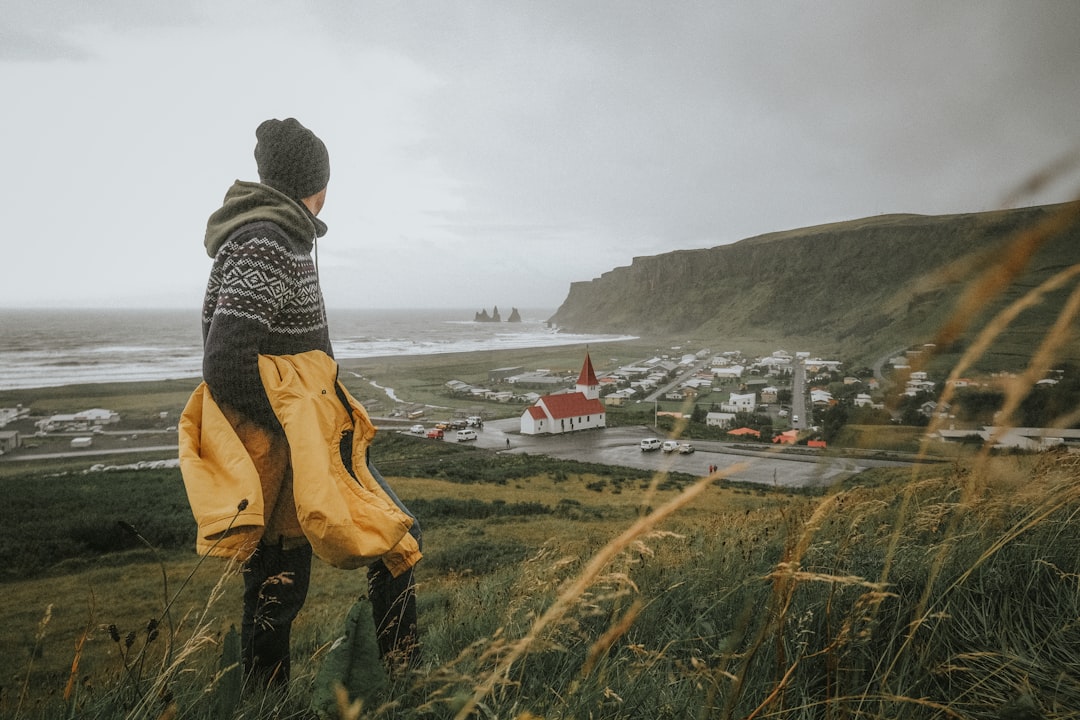
3. Lightweight Pants
Choose lightweight, quick-drying pants for your excursions. Convertible pants that can be zipped off into shorts are a practical option, allowing you to adjust to varying temperatures throughout the day.
Leggings or thermal leggings are also a great option but if rain is in the forecast, also include a waterproof pant to protect from the elements. Wet pants and windy conditions will make you cold and miserable if you are on a long excursion.
4. Comfortable Footwear
Sturdy, waterproof hiking boots or walking shoes are essential for exploring Iceland’s rugged terrain. Ensure they have good grip for slippery surfaces, especially if you plan to visit waterfalls or coastal areas.
Although hiking sandals are available, they are not recommended even in the summer. Depending on where you are hiking, there may be small glacial rivers or streams to cross to continue on the path. Off path areas could also be boggy in the spring.
5. Accessories
- Hat and Gloves: Even in summer, it can get chilly, especially in the evenings or at higher altitudes. If your cruise ship tenders into the port, you may need these on the tender boat if you are exposed to the wind.
- Sunglasses and Sunscreen: The extended daylight hours and reflective surfaces can intensify UV exposure. It is very easy to get sunburned in Iceland. As it is a colder climate, sunburn is not something you normally think about.
- Daypack: A small, waterproof backpack is handy for carrying your essentials during excursions. This can include extra water or thermal or waterproof layers. It is best to leave the umbrellas at home.
Clothing Essentials for a Winter Cruise in Iceland
While many of the larger cruise ships do not include Iceland on their winter itineraries, some smaller and more specialized cruise lines may offer routes to this stunning destination. These smaller ships can navigate Iceland’s unique coastal waters which allows for a more intimate and immersive experience. Passengers on these cruises have the opportunity to explore Iceland’s dramatic landscapes, charming towns, and rich cultural heritage with fewer crowds.
For a winter cruise, these are some of the essentials for what to wear in Iceland:
1. Insulated, Waterproof Jacket
For winter in Iceland, you’ll need a heavy-duty, insulated jacket designed to withstand freezing temperatures and strong winds. A high-quality down jacket with a waterproof and windproof outer layer is ideal for keeping you warm and dry in the harsh conditions. Look for jackets with features such as a hood, adjustable cuffs, and multiple pockets to enhance functionality and provide additional protection against the elements.
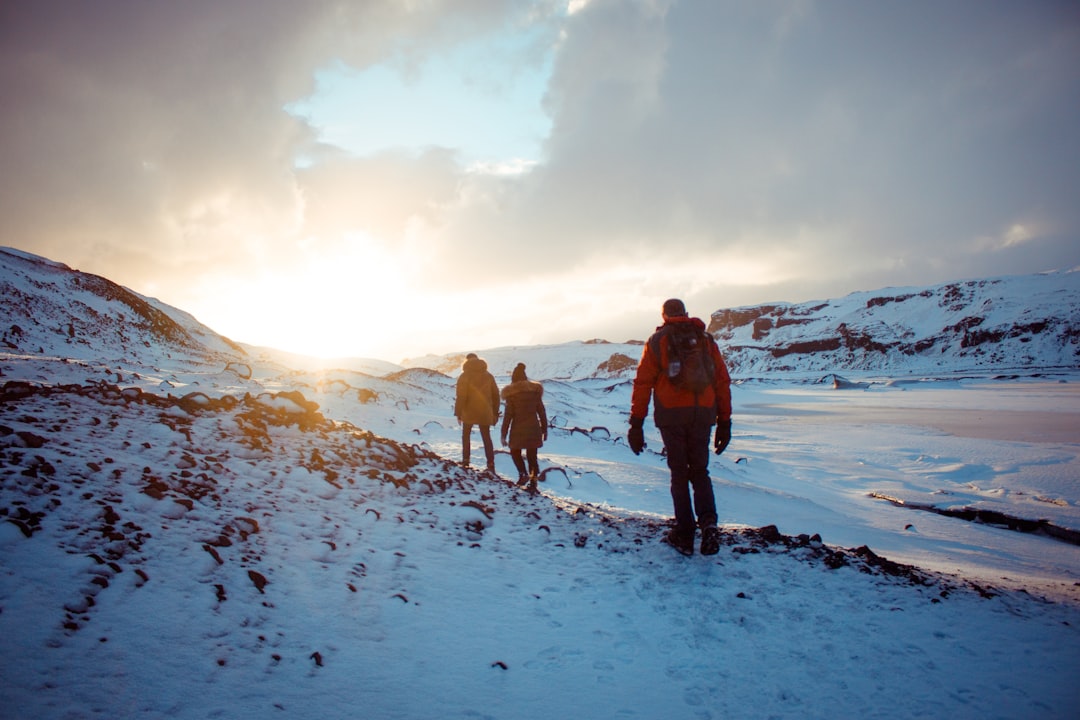
2. Thermal Layers
Investing in high-quality thermal base layers for both your top and bottom is essential for staying warm in Iceland’s cold weather. These base layers ensure you stay comfortable and dry by drawing sweat away from your skin and retaining body heat. Opt for materials like merino wool or high-performance synthetic fabrics, as they offer excellent insulation and moisture-wicking properties.
3. Fleece or Wool Mid-Layer
A thick fleece or wool sweater will offer essential additional insulation, helping to trap heat close to your body while allowing moisture to escape. This mid-layer is crucial in maintaining warmth, as it provides an extra barrier against the cold. Icelandic wool sweaters, in particular, are an excellent choice for this warming layer. This unique blend makes them ideal for your Icelandic adventures.
4. Insulated Pants
Waterproof, insulated pants, “snow pants”, are necessary for staying warm and dry during winter excursions. Thermal leggings with waterproof over-pants will also work depending on the length of time you are outside.
5. Winter Footwear
Waterproof, insulated boots with good traction are essential for safely navigating Iceland’s icy and snowy surfaces. Look for boots that are both waterproof and well-insulated to keep your feet warm and dry in the harsh conditions. Comfort is key, so ensure the boots are designed for walking and have enough room to accommodate thick socks.
If you plan on tackling more challenging activities like glacier climbs, consider equipping your boots with removable spikes or crampons. These add-ons will significantly enhance your grip on icy surfaces, providing better traction and stability. This is crucial for maintaining balance and safety when walking on glaciers or traversing particularly slippery areas.
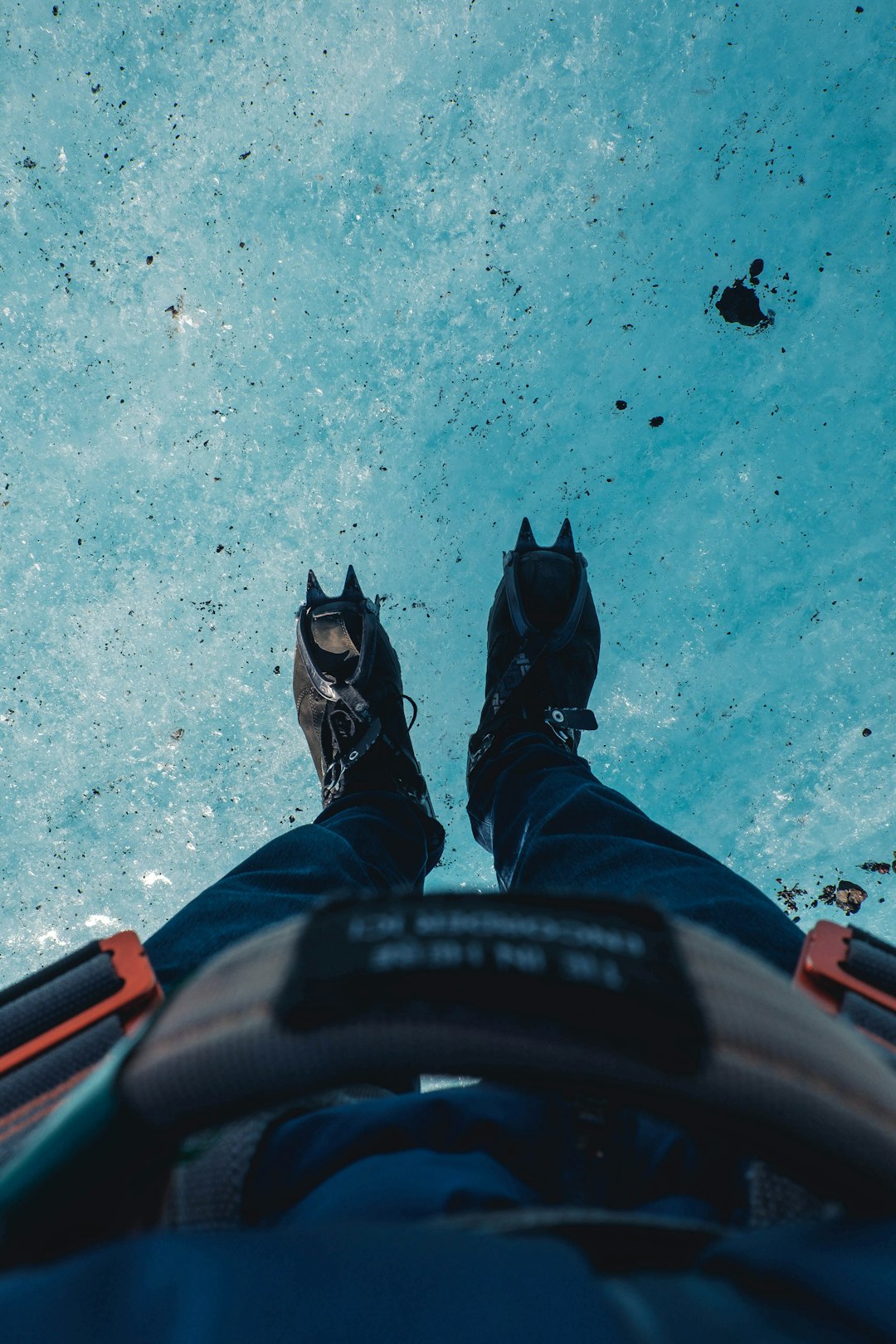
6. Accessories
- Hat, Scarf, and Gloves: Opt for insulated, waterproof gloves, and a warm hat that covers your ears. A thermal scarf or neck gaiter will protect your neck and face from the cold.
- Thermal Socks: Wool or thermal socks will keep your feet warm and dry. Bring extra pairs in case they get wet. If you are out all day, consider changing socks mid day.
- Hand and Foot Warmers: Disposable hand and foot warmers can be a lifesaver during particularly cold days or if wet snow or rain are present.
Specific Tips for What to Wear in Specific Iceland Destinations
Akureyri
- Summer: The Botanical Garden and nearby hiking trails are popular in Akureyri. Wear comfortable layers and bring a waterproof jacket for sudden weather changes. The Godafoss waterfall is a common destination but will be cooler than in town due to its elevation in the mountains.
- Winter: Akureyri is a gateway to many winter sports. Dress in thermal layers and insulated outerwear, especially if you plan to partake in activities like skiing or snowmobiling.
Isafjordur
- Summer: Known for its stunning fjords and hiking opportunities, Isafjordur requires sturdy hiking boots and layered clothing for outdoor adventures.
- Winter: Winter in Isafjordur can be harsh. Insulated clothing and waterproof gear are necessary for exploring the town and its surroundings.
Reykjavik
- Summer: Reykjavik offers a mix of urban and natural attractions. Lightweight, layered clothing will keep you comfortable as you explore museums, shops, and nearby natural sites.
- Winter: Reykjavik’s winter weather demands thermal layers and insulated outerwear, especially if you plan to visit attractions like the Blue Lagoon or go on Northern Lights tours.
Regardless of where you visit in Iceland, be sure to pack a bathing suit so you can take advantage of the country’s renowned thermal pools. Iceland is famous for its geothermal activity, which creates numerous natural hot springs and man-made geothermal spas scattered throughout the country. Soaking in these warm, mineral-rich waters is not only a relaxing experience but also a cultural tradition that you won’t want to miss.
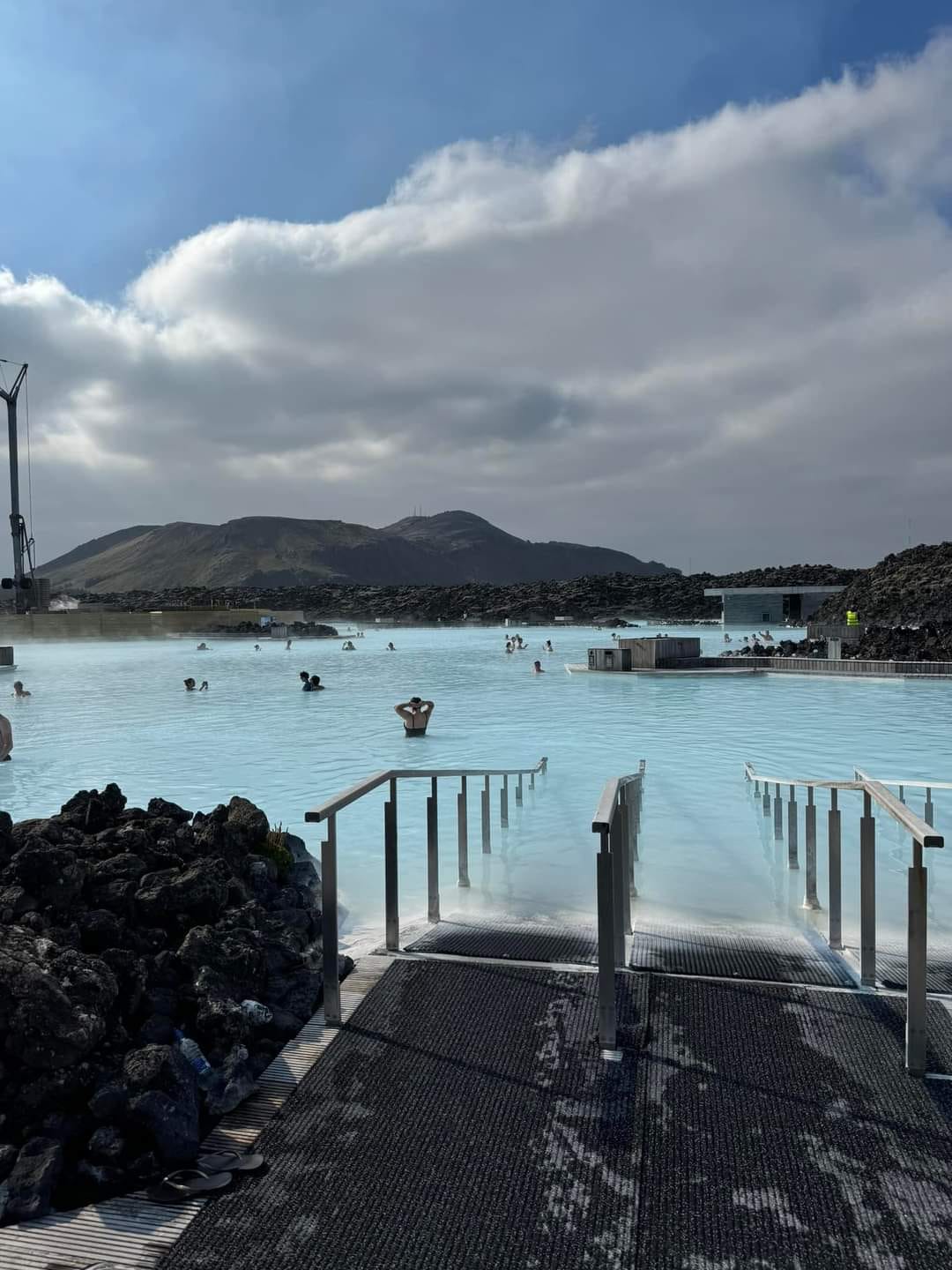
What to Wear in Iceland Packing List Summary
Summer (June-August)
- Waterproof jacket with hood
- Moisture-wicking base layers
- Thermal or fleece mid-layer
- Lightweight, quick-drying pants
- Sturdy, waterproof hiking boots
- Hat and gloves
- Sunglasses and sunscreen
- Daypack
- Bathing suit
Winter (November-March)
- Insulated, waterproof jacket
- Thermal base layers (top and bottom)
- Fleece or wool mid-layer
- Waterproof, insulated pants
- Waterproof, insulated boots
- Hat, scarf, and insulated gloves
- Thermal socks
- Hand and foot warmers
- Bathing suit
Conclusion
Whether you’re visiting Iceland in the mild summer or the frosty winter, dressing learning what to wear in Iceland is key to enjoying your cruise and excursions. By layering your clothing and choosing waterproof and insulated options, you’ll be well-prepared to explore Akureyri, Isafjordur, and Reykjavik comfortably.
Remember, Iceland’s weather can be unpredictable, so it’s always better to be over-prepared than underdressed. Safe travels and enjoy the breathtaking beauty of Iceland!
Do you have any other suggestions for what to wear in Iceland on a cruise?
Please leave a comment.
Sunhats and Chardonnay is a space where we share our travel experiences, tips, and insights. Join us on a journey to explore the world through the eyes of a traveler. Get inspired, plan your next adventure, and immerse yourself in the beauty of diverse cultures and destinations.
If you enjoyed this post, please subscribe to the newsletter and have all the updates sent directly to you.
If you’d like to support this blog & help fund the cost of researching & maintaining the site, donations are accepted here. We appreciate all the help & support received from our readers so far!
